37 years old gave birth to 38 children, the woman could not stop giving birth, the doctor had to intervene
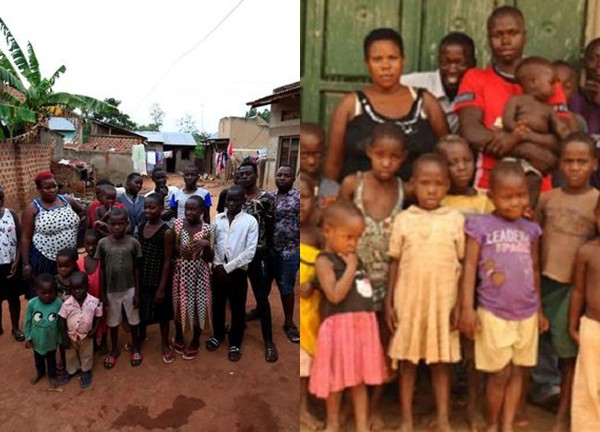
1 | 1 Discuss | Share
Ms. Valentina Vassilyeva is the Guinness World Record holder for being the woman who has given birth to the most children. Born in the late 17th century, her life has been the subject of many historical accounts due to her extraordinary record of childbearing.
Ms. Valentina was the first wife of Mr. Feodor Vassilyev (1707-1782), who lived in Shuya district, Ivanovo province, Russia. According to some records, Ms. Valentina lived until the age of 75 and throughout her life, she gave birth to a total of 69 children after 27 pregnancies, including 16 twins, 7 triplets and 4 children. quadruplets. Of those 69 children, 2 passed away at a young age, while the other 67 children still survived into adulthood.
It is a pity that the names of the Vassilyev family's children are not preserved, mainly because the family's records were inaccurate and encountered many problems.
Some other records suggest that Mrs. Vassilyev's astonishing number of births was first published by the Monastry of Nikolsk on February 27, 1782, and once in the Gentleman's Magazine in 1783.
It is important to note that information about Valentina Vassilyeva's life comes from historical records and as with many events from centuries ago, there may be some discrepancies and uncertainties between sources. different. The accuracy of historical documents can be difficult to verify, especially in cases where written records are not meticulously maintained. However, Vassilyeva's story continues to be a subject of interest and discussion in historical and medical circles.
Up to now, the story of Ms. Valentina is still facing a lot of controversy from the scientific community and public opinion. Because, according to scientists' calculations, the more children a pregnant woman has in her belly, the sooner labor will come.
So, 16 sets of twins each pregnancy for about 37 weeks, 7 sets of triplets each pregnancy for 32 weeks, 4 sets of quadruplets each pregnancy for 30 weeks. In total, the number of weeks Mrs. Valentina was pregnant was 936 weeks. There are 52 weeks in a year, but Ms. Valentina lost 18 weeks of pregnancy. In total, Ms. Valentina spent 18 years of her life getting pregnant.
This may sound absurd but let's do the math. You know that an average pregnancy lasts about 40 weeks. However, if you have more than one fetus, labor will likely occur sooner.
According to BBC calculations, Ms. Valentina could have been pregnant with twins for about 37 weeks, pregnant with triplets for 32 weeks and pregnant with quadruplets for 30 weeks. If you add up all the above numbers, the total will be 936 weeks. A year has 52 weeks, so when divided we get 18 years. This number is completely reasonable given the 40 years Ms. Valentina lived with her ex-husband.
Many scientists still do not believe this story exists, but historical reality disappoints them.
Despite those doubts, there is still a lot of data proving that Ms. Valentina's story is true. A list sent to Moscow by the Nikolskiy monastery in February 1782 proved that Feodor Vassilyev - Valentina's husband - had 82 confirmed living children after two marriages. His second wife also had 18 children: including 6 sets of twins and 3 sets of triplets. This list was published in 1834 in the Saint-Petersburg Panorama newspaper.
In 1783, Gentleman magazine also had an article about Vassilyeva's case. In particular, the author believes that the cause may be due to both husband and wife, or to the wife, but perhaps in this case it is more due to the husband, because the cases of twins and triplets are repeated in the case of women. step-wife.
In 1788, Russian historian Ivan Nikitch Boltin and again in 1834, in the book by writer Alexander Pavlovich Bashutskiy also noted the above case.
A report in The Lancet in 1878 claimed that the French Academy of Sciences attempted to verify the claims about Valentina's children, concluding that members of the family still lived in Moscow. and they are the Government's priority subjects.
Researching historical birth records presents a number of challenges, due to the lack of comprehensive documentation and the passage of time. The accuracy and reliability of historical documents are subject to careful interpretation and scrutiny, and it is essential that researchers and historians approach such records with caution and analysis. there is criticism.
When exploring the lives of extraordinary women like Valentina Vassilyeva, Leontina Albina Espinoza and Leontina de Castro Feitosa, we must appreciate their stories not just as record-breaking statistics but as a snapshot of a time and place far removed from our modern context. These women overcame the challenges of childbirth and motherhood in eras with very different medical knowledge, resources, and cultural norms.
In short, historical stories about women with exceptionally high numbers of children, including Valentina Vassilyeva, continue to capture our imagination. While the authenticity of specific records may remain uncertain, their stories stand as a testament to the resilience of women and the complexities of human childbirth throughout history. . As we explore these remarkable cases, let us recognize the enduring mysteries of historical birth records and the importance of understanding the past in its unique historical context.
The truth about the women with the most births in the world 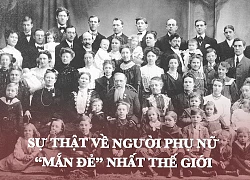 team youtuber07:00:06 10/07/2020Pregnancy and childbirth always cause great harm to a woman's health. Therefore, experts always recommend that women should only give birth to 1-2 children to ensure the best health and care for the children. However, in the world, there have been cases of mothers who, despite hard work and pain, gave birth to...
team youtuber07:00:06 10/07/2020Pregnancy and childbirth always cause great harm to a woman's health. Therefore, experts always recommend that women should only give birth to 1-2 children to ensure the best health and care for the children. However, in the world, there have been cases of mothers who, despite hard work and pain, gave birth to...

1 | 1 Discuss | Share

3 | 1 Discuss | Share

3 | 0 Discuss | Share

1 | 0 Discuss | Share

2 | 0 Discuss | Share

2 | 0 Discuss | Share
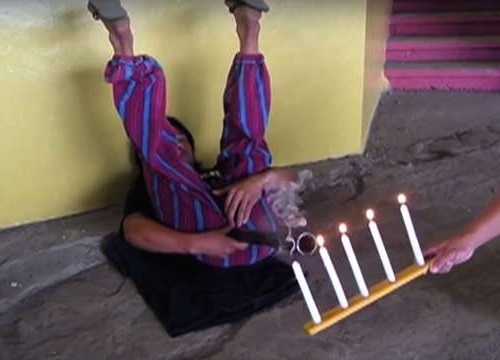
5 | 0 Discuss | Share

5 | 0 Discuss | Share
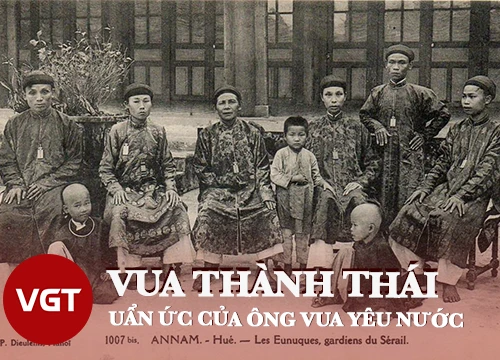
5 | 0 Discuss | Share


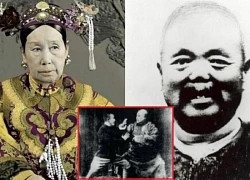

2 | 1 Discuss | Report